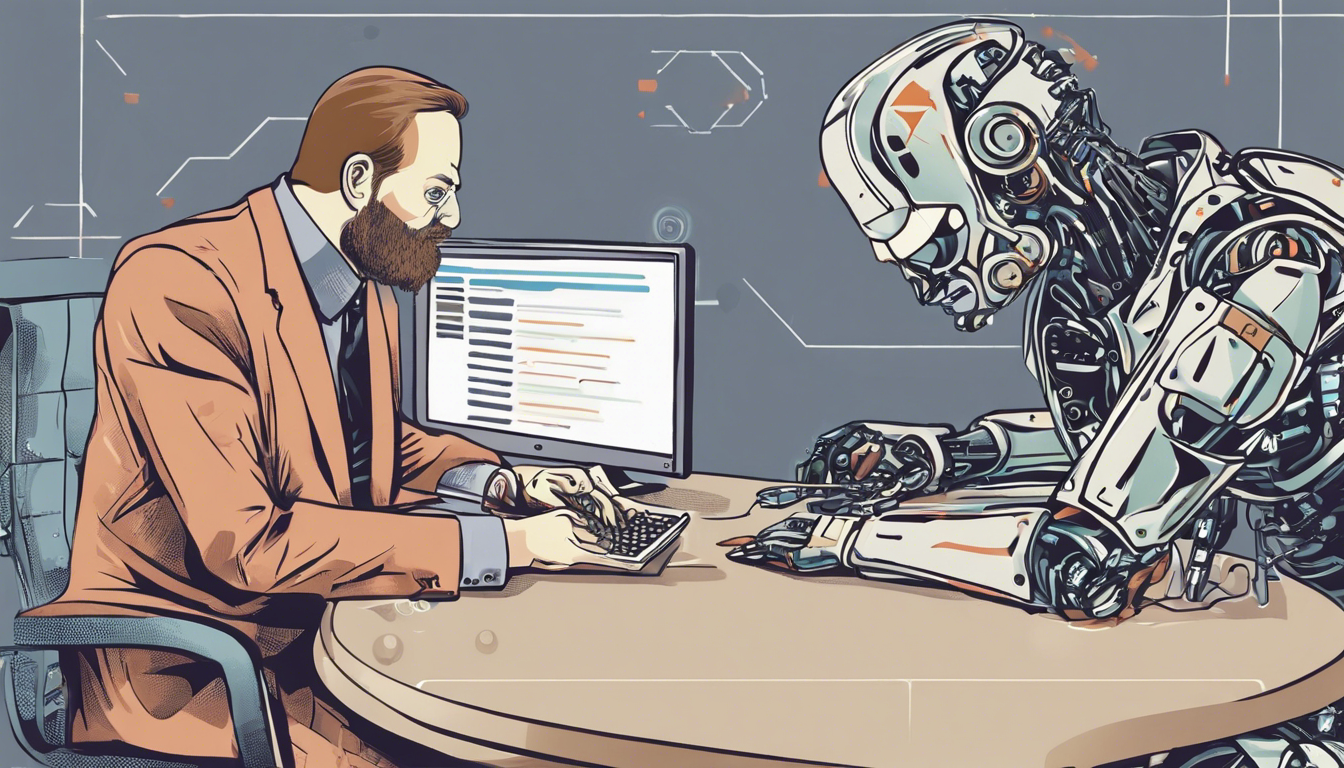AI in Cybersecurity: Friend or Foe? Implications for CISOs
Artificial intelligence (AI) is rapidly changing the cybersecurity landscape. On the one hand, AI can be a powerful tool for CISOs, helping them to automate tasks, detect threats, and respond to incidents more quickly and effectively. On the other hand, AI can also be used by attackers to create new and more sophisticated threats.
How AI can help CISOs
AI can be used to help CISOs in a number of ways, including:
- Automating tasks: AI can be used to automate many of the repetitive tasks that CISOs and their teams perform on a daily basis, such as monitoring security logs, detecting threats, and responding to incidents. This can free up CISOs to focus on more strategic tasks, such as developing and implementing security policies.
- Detecting threats: AI can be used to detect threats that traditional security tools may miss. For example, AI can be used to identify anomalous behavior, such as a user accessing a file that they do not normally access. AI can also be used to detect zero-day vulnerabilities, which are vulnerabilities that have not yet been patched.
- Responding to incidents: AI can be used to help CISOs respond to incidents more quickly and effectively. For example, AI can be used to automate the process of isolating infected systems, patching vulnerabilities, and notifying users of security breaches.
How AI can be used by attackers
AI can also be used by attackers to create new and more sophisticated threats. For example, AI can be used to:
- Create malware: AI can be used to create new types of malware that are more difficult to detect and remove. For example, AI can be used to create malware that can evade traditional antivirus software.
- Exploit vulnerabilities: AI can be used to exploit vulnerabilities in software and systems. For example, AI can be used to identify vulnerabilities in web applications and launch attacks against those vulnerabilities.
- Phish users: AI can be used to create phishing emails that are more likely to fool users. For example, AI can be used to create phishing emails that appear to come from legitimate organizations.
Implications for CISOs
The increasing use of AI in cybersecurity has a number of implications for CISOs. First, CISOs need to be aware of the potential benefits and risks of AI. Second, CISOs need to develop strategies for using AI to improve their security posture. Third, CISOs need to work with other stakeholders in their organizations to ensure that AI is used responsibly.
Conclusion
AI is a powerful tool that can be used to improve cybersecurity. However, it is important to be aware of the potential risks of AI and to develop strategies for using AI responsibly. By understanding the implications of AI for cybersecurity, CISOs can make informed decisions about how to use AI to protect their organizations.
